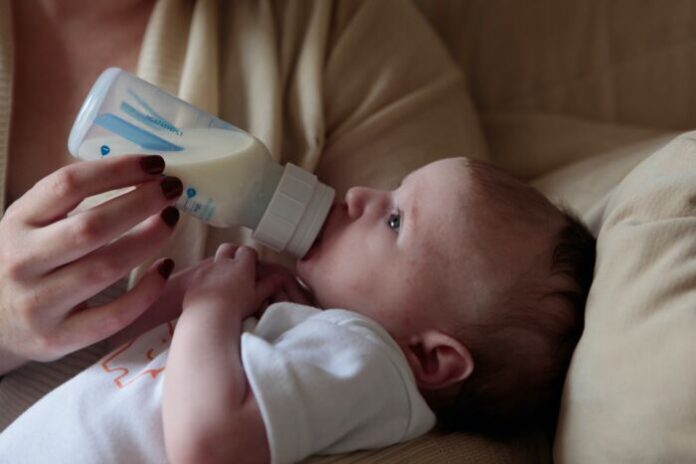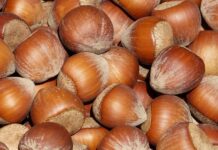
Plastic baby bottles release an average of 4 million microplastic particles per liter of formula milk fed. The data is the result of a study conducted by John Boland of Trinity College Dublin in Ireland, which also specified that polypropylene bottles represent almost 69% of all bottles available on the market.
“We were surprised by the quantity,” Boland commented, “although based on previous research, we suspected the quantities would be substantial. However, no one expected the very high levels we found”.
To study the phenomenon of microplastics in baby bottles, the researchers cleaned and sterilized brand new polypropylene baby bottles – wear could naturally increase the quantities of microplastics released – and left them to dry. Then they poured purified water heated to 70 ° C, which is the temperature recommended by the World Health Organization for the preparation of infant formula.
After putting the bottles on a mechanical shaker for a minute, to mimic the manual mixing process of the formula, Boland and his team filtered the water and analyzed it under a microscope. They found that the bottles were losing an average of 4 million microplastic particles per liter into the reconstituted milk within them, with a range of between 1 and 16 million particles per liter.
The researchers repeated their experiments at different temperatures, and confirmed that the dispersion of the particles was greater with increasing temperature. This has done nothing but confirm a well-known fact: heat and plastic do not get along. It is the same reason why plastic water bottles cannot be stored in the sun or inside cars in the sun, and why it is always not recommended to put plastic items in dishwashers and microwave ovens (or traditional ovens: silicone cake tin, still a type of plastic).
Shaking the bottles was also another reason for the dispersion of microplastics. From this it can be deduced that after breastfeeding the use of a glass bottle, with a natural rubber teat, is the second best option for feeding babies.
These alternatives are much safer for the health of babies and, moreover, when it comes to formula feeding, “it is recommended to sterilize baby bottles and warm infant formula to destroy potentially harmful bacteria. Bacteria like salmonella that could do more harm than microplastics”, Boland specifies
Finally, the amount of microplastics released from a plastic bottle can be reduced by choosing formula milk but not powder: the liquid one that does not require high temperatures or shaking could in short limit the problem. “Alternatively, the formula could be prepared in a separate container, not a plastic one, and then transferred lukewarm in a plastic bottle.”
It is currently still unknown what and how much damage the repeated intake of plastic can cause to the human body. We know that each of us ingests – one microplastic at a time – the equivalent of an ATM a day. Nor are the consequences on health known in such immature organisms as babies in the first 6 months of life.






































